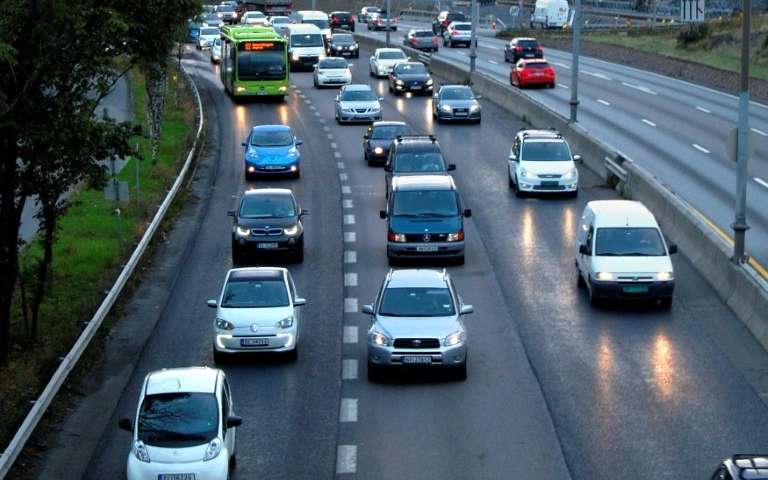
Electric car sales around the world rose by 54 percent in 2017, taking global stock across the three-million threshold, the International Energy Agency said in a report Wednesday.
In China, the world’s biggest market for electric vehicles, sales also grew by about half—but their market share remained small at 2.2 percent.
In Norway electric vehicles have by far the world’s highest market share, but even there it is still only 6.4 percent, according to the IEA.
Nonetheless, the Paris-based agency was optimistic about the sector’s prospects.
“Supportive policies and cost reductions are likely to lead to significant growth in the market uptake of (electric vehicles) in the outlook period to 2030,” the report said.
Should policymakers honour their current commitments to the environment, “the number of electric light-duty vehicles on the road (would reach) 125 million by 2030,” it added.
And should policy ambitions develop further, that number could become as high as 220 million in 2030, it said.
But the IEA said that in order for the cars of the future to overtake their petrol and diesel-powered competitors, governments will have to take the lead.
“The main markets by volume (China) and sales share (Norway) have the strongest policy push,” the IEA said.
“Looking ahead, the strongest current policy signals emanate from electric car mandates in China and California, as well as the European Union’s recent proposal on carbon dioxide (CO2) emissions standards for 2030.”
The EU has committed to cutting 40 percent of its greenhouse gas emissions from 1990 levels, and to boosting its use of renewable energy by at least 27 percent.
France, home to Europe’s second-biggest car industry after Germany, has gone further by announcing a plan to end sales of petrol and diesel vehicles by 2040, as part of an ambitious plan to meet its targets under the Paris climate accord.
Electric vehicles use batteries instead of petrol or diesel, thereby massively reducing their damage to the environment.
But they are not without controversy.
Key components in the batteries include the mineral cobalt, much of which comes from the unrest-hit Democratic Republic of Congo.
Rights groups have raised concerns about corruption in the cobalt industry and often poor working conditions for the miners in DR Congo.
